
For a long time, the world has been enthralled by dystopian fiction. Media like the Hunger Games, Brave New World, or The Hitchhiker’s Guide to the Galaxy have provided a way for writers and readers alike to let fears of the future play out in a safe environment.
Nearly 120 years ago, in 1907, a Catholic priest wrote a book that some consider to be the first modern work of dystopian fiction.
Monsignor Robert Hugh Benson was a Catholic convert and his conversion caused quite the scandal in the early 18th century. The son of the former Archbishop of Canterbury, he was an Anglican priest ordained by his father. After his father’s sudden death, he went on a trip where he “discovered” the faith and was ordained a Catholic priest in 1904.
In 1907, Benson published The Lord of the World. Today, it has been called “prophetic” by Pope Benedict XVI and Pope Francis, and recommended by Catholic intellectuals – from Bishop Barron, who called it a novel “that sheds considerable light on the spiritual predicaments of our own time,” to Ven. Fulton Sheen who called it one of the “three great apocalyptic pieces of literature dealing with the advent of the satanic.”
It has also been loved by Pope Leo XIV, who spoke about it before his election.
The Lord of the World tells the story of a Catholic priest named Percy and his place in a future world wrought with religious persecution.
It presents the resounding message of hope in the midst of despair.
Digging deeper, there are a few significant Catholic lessons from this important work of fiction.
Editor’s Note: This article features as few spoilers as possible – but if you are really sensitive to even the smallest spoiler, you should probably read the book first!
Story continues after this module
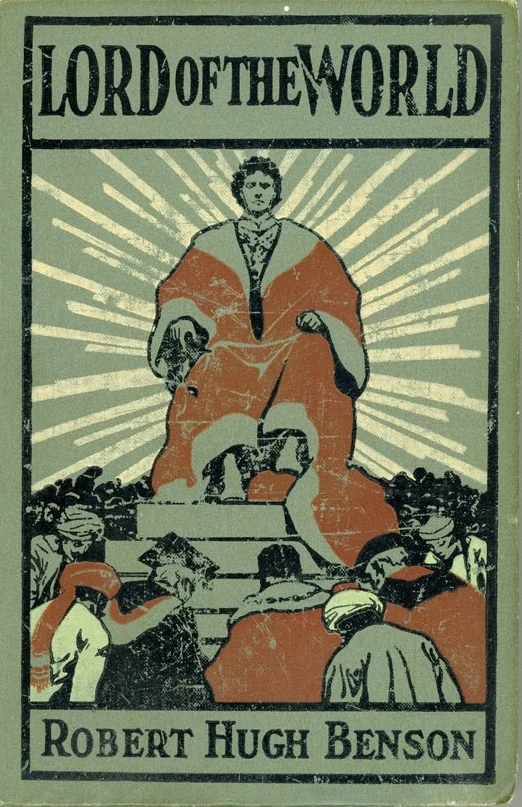
Book
Lord of the World
We prioritize recommending small Catholic businesses. Where possible, consider supporting our first pick or your local Catholic shop!
Our trust must be in God, not the world.
The story opens with Percy Franklin – a Catholic priest who is visiting with a Mr. Templeton as they discuss how England gave up on Christ.

The world in which Fr. Franklin lives is one of humanity. Humanity is glorified and worshiped while religion is ridiculed: “Friendliness took the place of charity, contentment the place of hope, and knowledge the place of faith.”
This overall new “humanity” becomes a mask; a worldview from which to interpret the rest of the world. We see this through the many non-religious characters Benson created, maybe most particularly, through the eyes of Mabel Brand – the wife of a high governmental official. When immense trust is placed in a fallen world, it will ultimately fail to live up to expectations when the facade falls away. Towards the end of the story, Benson writes of Mrs. Brand:
“It was incredible, she told herself, that this ravening monster, dripping blood from claws and teeth, that had arisen roaring in the night, could be the Humanity that had become her God.”
Placing your trust in the world and humanity is flawed and will lead to disappointment. The world is, after all, flawed and fallen. So what does this mean for life?
In the Catholic sense, it means that one needs to trust God, not the world or one’s own humanity. While we do not have a formal government sanctioned religion called “Humanity”, it can become easy to worship humanity as a concept.
Prayer is powerful and should be the top priority
Persecution and ridicule only became worse under the charismatic antichrist character of Julian Felsenburgh – a young American politician shrouded in mystery who is strikingly similar to Fr. Franklin.

But as the Catholic’s in Felsenburgh’s world are ostracized and persecuted, the Church’s response to every major disaster was constant prayer. Even when destruction was imminent, prayer was the first thing to happen.
We can learn a lot about Fr. Franklin and the Church’s devotion to prayer – this quote from the book on what can be done in the time of persecution stands out:
“Holy Father—the mass, prayer, the rosary. These first and last. The world denies their power: it is on their power that Christians must throw all their weight. All things in Jesus Christ—in Jesus Christ, first and last. Nothing else can avail. He must do all, for we can do nothing.”
“…The world denies their power: it is on their power that Christians must throw all their weight.”
Suicide is never the answer
Suicide is mentioned a few times in the book in two different contexts: There is the overall concept of euthanasia written in the context of society as a whole, and from the perspective of someone choosing suicide. There are several lessons that can be learned from Monsignor Benson and his apocalyptic world on this serious subject:
EUTHANASIA IS INCOMPATIBLE WITH CATHOLIC VALUES
If one strips life down to simply “Humanity,” as the society in the book does, then the ethical lines that once prohibited euthanasia become blurred.
But life does not revolve around humanity. Life revolves around Christ, and Catholics no longer live for themselves but for God. We understand that the individual is loved by God, is necessary to himself, and can make a difference in the world. The Catechism is quite clear about mercy killings like euthanasia:
“direct euthanasia consists in putting an end to the lives of handicapped, sick, or dying persons. It is morally unacceptable.” (CCC 2277)
SUICIDE IS INCOMPATIBLE WITH THE CATHOLIC FAITH.
All of the same points apply when we are talking about suicide. The apocalyptic world in The Lord of the World uses the word euthanasia in place of suicide. Again, if one believes solely in humanity then a slippery slope occurs. This rhetoric can be seen in the book when a character chooses to end their life after their rosy picture of Humanity is shattered.
But suicide, like euthanasia, breaks the very moral strand that we as Catholics believe: that all life is sacred and has a purpose:
“Suicide contradicts the natural inclination of the human being to preserve and perpetuate his life. It is gravely contrary to the just love of self. It likewise offends love of neighbor because it unjustly breaks the ties of solidarity with family, nation, and other human societies to which we continue to have obligations. Suicide is contrary to love for the living God.” (CCC 2281)
Life is precious and euthanasia and suicide are contrary to our faith.
THE FATE OF A SOUL IS NOT FOR US TO DECIDE
Monsignor Benson emphasizes that only God knows the state of a person’s soul. In the scene where a character chooses suicide (via the “ministers of euthanasia”), Benson deliberately leaves the fate of the character’s soul unclear. While some may interpret this as “glorifying suicide,” this is not the case – In fact, this unclearity says a lot about Catholic teaching.
Benson portrays that character’s decision as a culimation of circumstances that resulted because the character distanced themselves from God, and portrays God’s efforts to reach them before they act.
But the character proceeds with the suicide, and Benson leaves the question of their salvation open, as only God can judge culpability.
This aligns with Catholic teaching, which warns against judging others’ culpability.
Suicide is a grave sin.
This cannot be taken lightly or glossed over. It perverts the very nature of love itself. It’s selfish and suicide is like “playing God.”
However, a Catholic cannot say that everyone who commits suicide will go to hell. As the Catechism notes:
“We should not despair of the eternal salvation of persons who have taken their own lives. By ways known to him alone, God can provide the opportunity for salutary repentance. The Church prays for persons who have taken their own lives.” (CCC 2283)
God is in charge and only he can judge culpability in accordance with each person’s circumstances. Only he has the complete picture.
Without this certainty, we are only called to pray. And this gives us hope.
Story continues after this module
The Church continues to be and remains the one true Church.
The concept of the never-ending Church is an important element of the Lord of the World. Every time it seems a crisis would wipe out the Church, or there seems to be no successor to the throne of Peter, a solution is found or a new pope arises. Even at the end of the book, when all hope seems to be lost and destruction to the Church is imminent, Christ returns before this can happen. In the book, the church was NEVER without a Pope.
This is a great visualization of the very Catholic teaching that there will always be a valid Pope on the chair of Peter until Christ returns – a teaching reaffirmed most recently in the First Vatican Council.
This is an important pillar of our faith – we see this in the First Vatican Council and in Scripture itself: “And I tell you, you are Peter, and on this rock I will build my church, and the gates of Hades will not prevail against it.” Matthew 16:18
As the very gates of Hades (or the “dead”) will not prevail against the Church, we believe that the Church will “never go out of existence,” to quote Catholic apologist Jimmy Akin.
So, what does this tell us about despair? That we shouldn’t despair because we know who wins in the end. The gates of hell WILL NOT overrun our Church. This provides a great sense of hope to those in the book and it should also be a sense of hope for us as well.
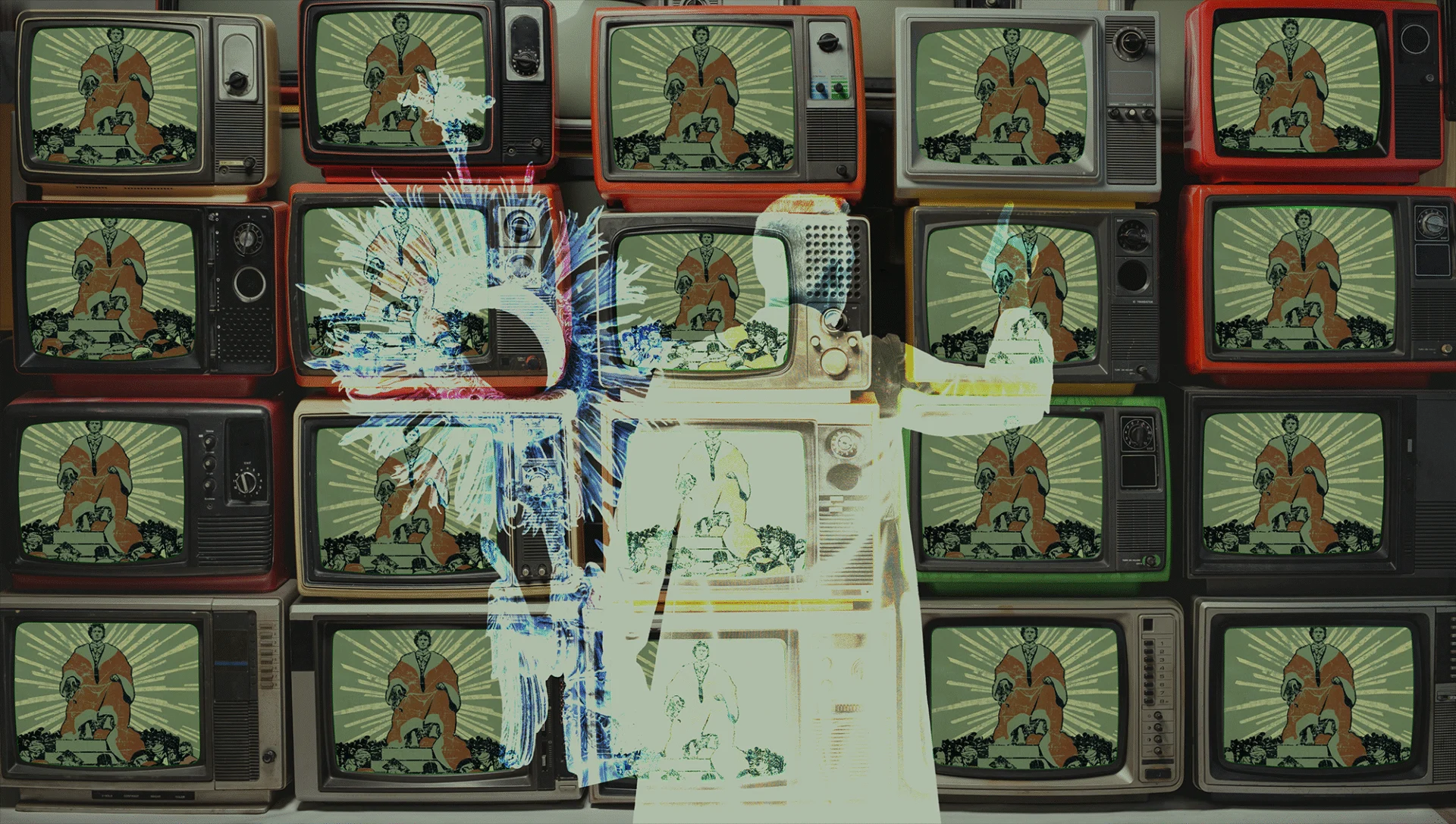
Strength in times of persecution
Benson provides a unique reflection on a future of the Church and it’s one of strength during persecution and not being ashamed of our faith.
Throughout the book, we see examples of small ways in which Catholics express their faith openly, even in the midst of persecution. One example is the wearing of cassocks or Roman collars, carrying and reading the divine office, and more.
When persecution is ramped up later in the book, those who are questioned, such as Father Percy, do not deny it.
Catholics were strongly persecuted and ostracized in the post-apocalyptic society of the Lord of the World. But many stood true and stood up for their faith. Having this resolve in times of hardship takes immense faith and courage.
The church in the book responds to this persecution by establishing a new religious order – the Order of Christ Crucified – focused on those who would serve God, even by laying down their life for him. But this martyrdom was to be peaceful – just like Daniel in the Bible was peaceful when he was arrested. In the same way, we are called to stand up for God but not fight in violence.
The day and the hour are unknown – we are called to be vigilant
The Lord of the World by Benson provides a unique read on the subject of apocalyptic fiction from a Catholic viewpoint.
As with any meditation on the end times, it’s important to end with a disclaimer that Jesus himself gave us. Christ calls on us to not try to “pinpoint” the end times or when he will return. While a lot will happen, the Bible tells us that only he knows the “time and place.”
In the meantime, we must be vigilant, stand up for our faith, and prepare the way for our Lord!
EDITOR’S NOTE: This story was updated to include Pope Leo XVI’s support of the work.
■

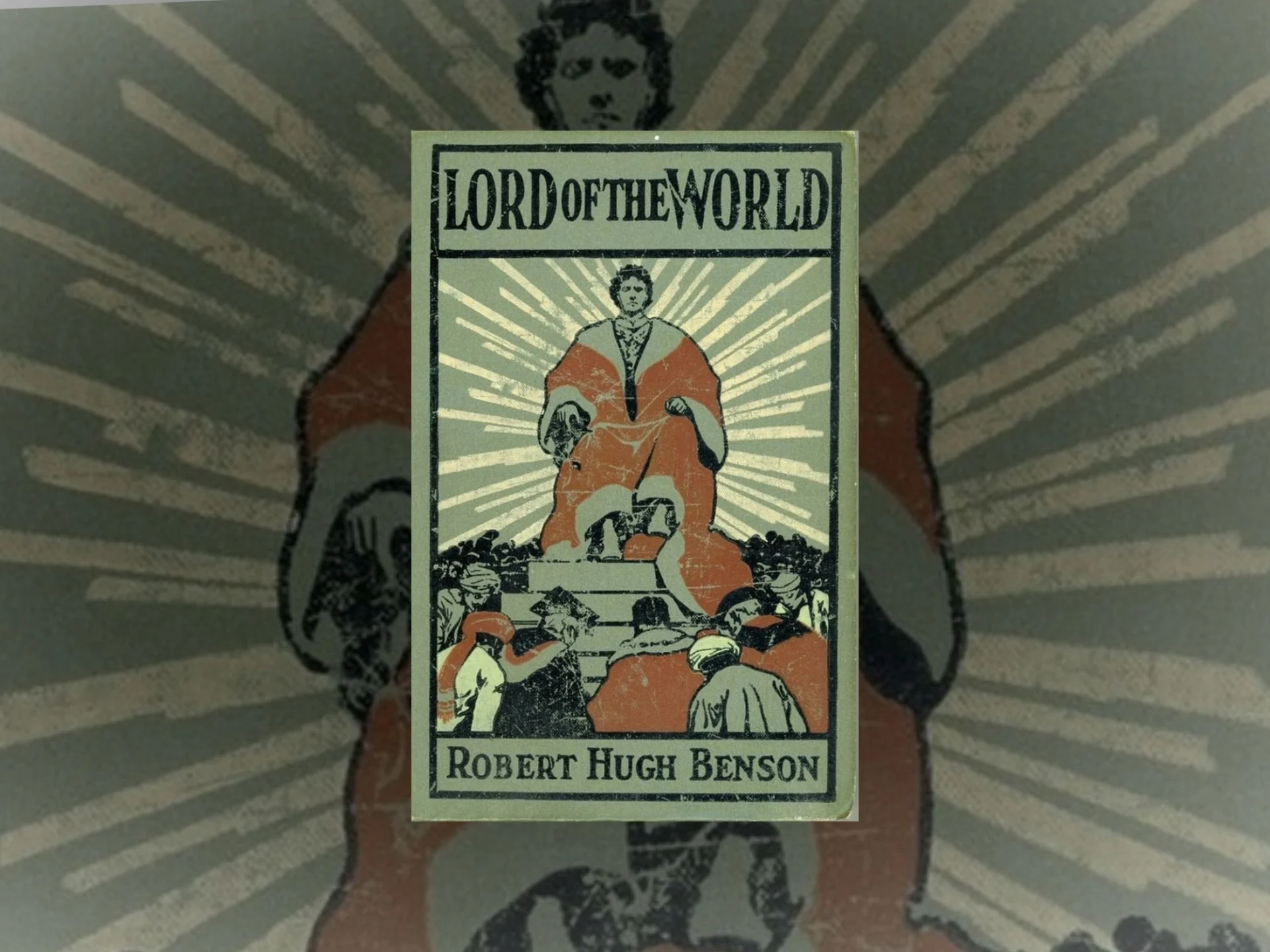
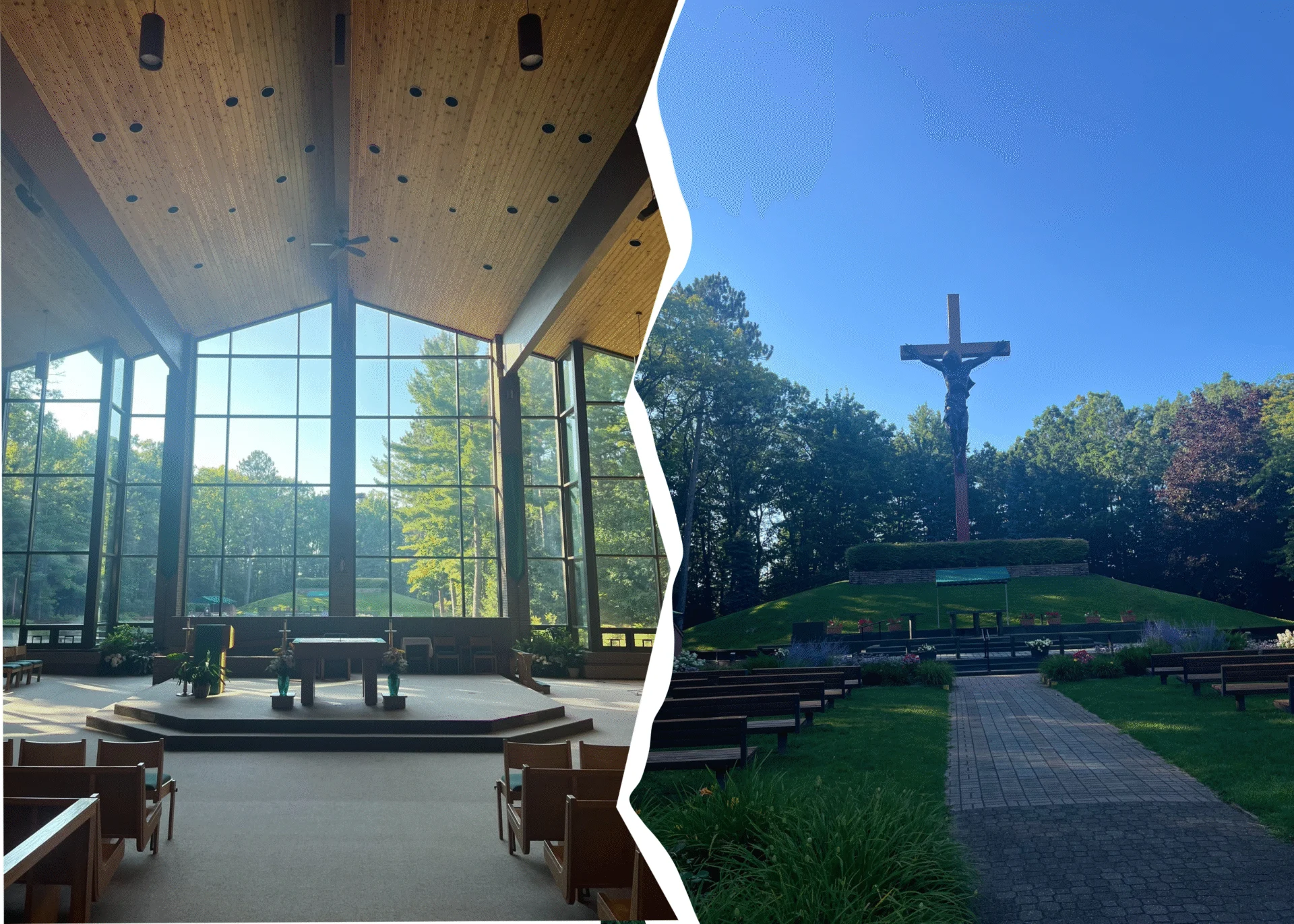




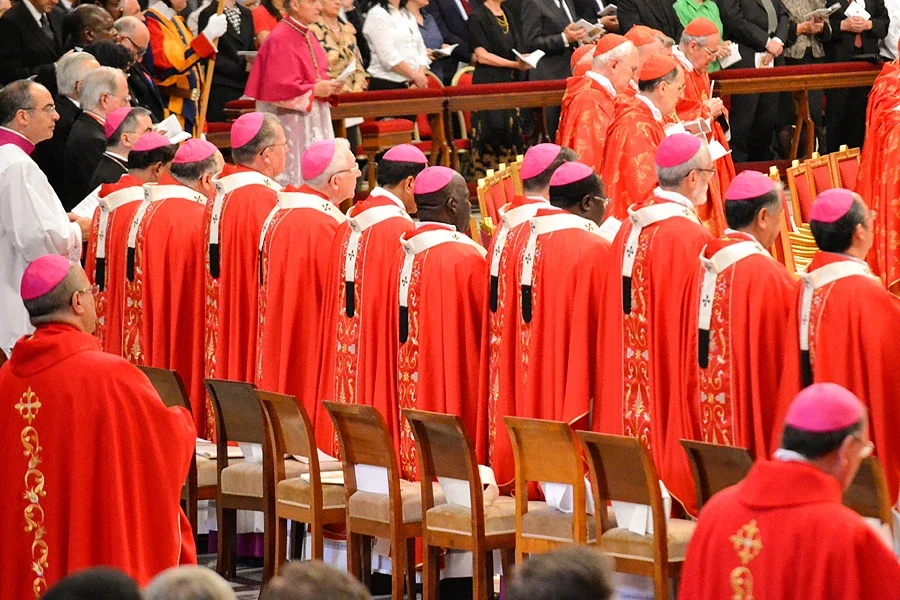
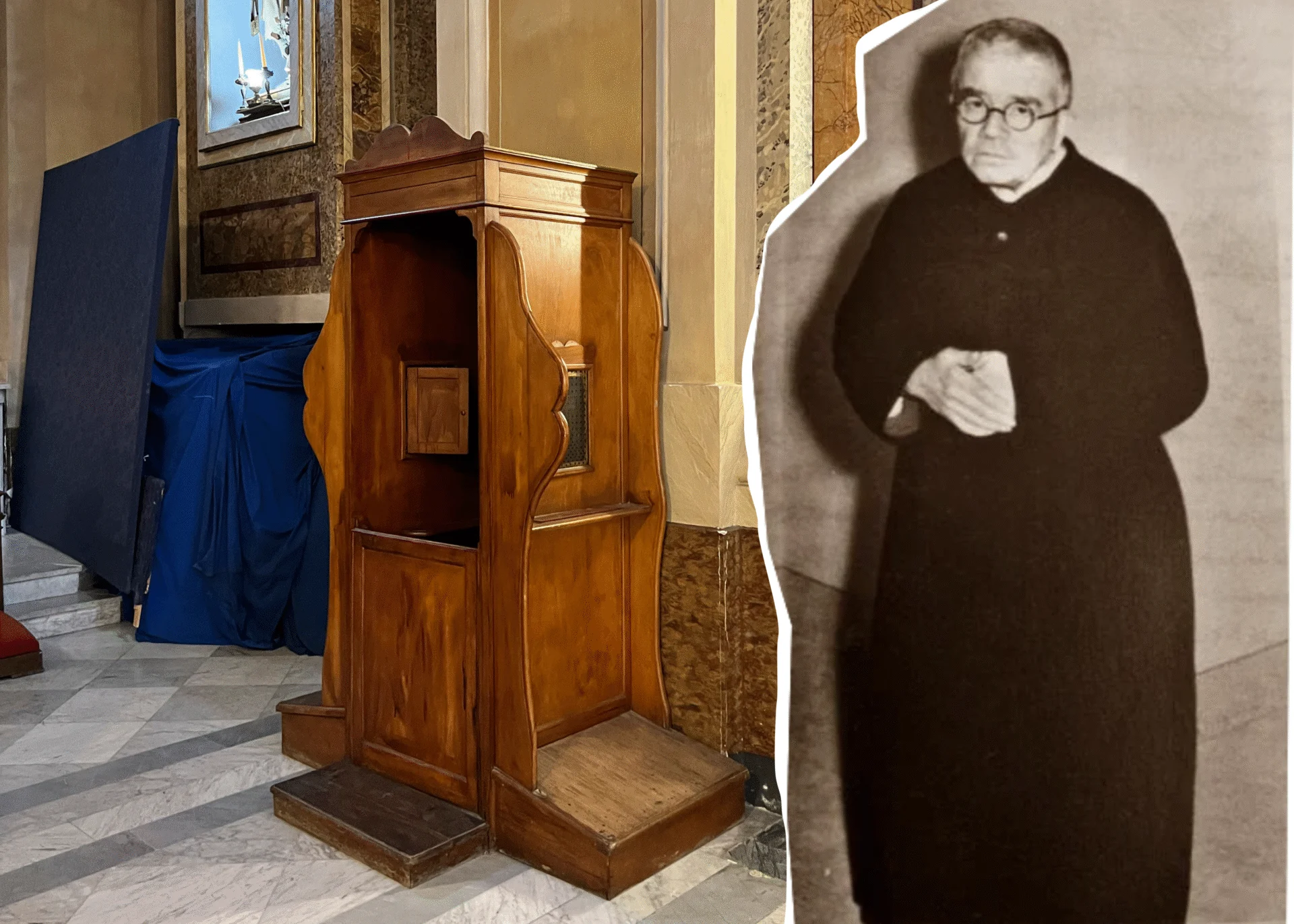

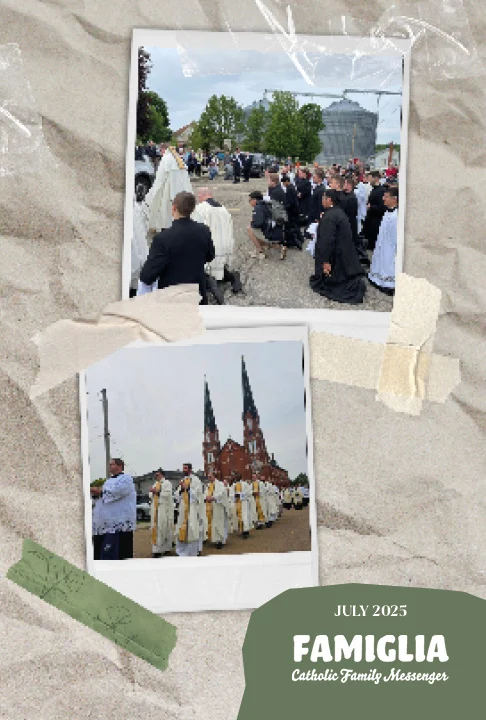
Join in on the conversation with a FAMIGLIA subscription!
Comments are restricted to subscribers. Simply subscribe now or login to join the conversation and join the community!